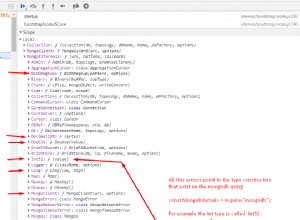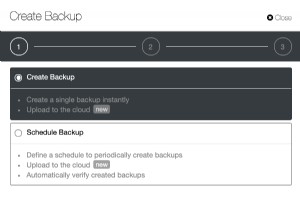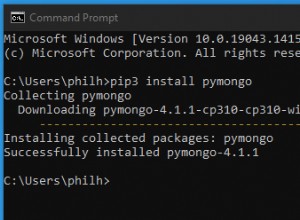Podczas korzystania z mapReduce() ważne jest, aby pamiętać, że wartość zwracana przez funkcję reduction() musi mieć taki sam kształt, jak ten, którego oczekuje się w elemencie „values” funkcji reduction() — i to, z kolei musi mieć taki sam kształt, jak ten, który jest emitowany przez funkcję emit().
Otrzymano kolekcję zawierającą dokumenty o następującej formie:
> db.posts.count();
1000
> db.posts.findOne();
{
"_id" : 0,
"date_posted" : ISODate("2012-04-04T05:54:44.535Z"),
"topic_id" : "sierra"
}
Poniższy kod wygeneruje żądany wynik:
<?php
$conn = new Mongo("localhost:$port");
$db = $conn->test;
$collection = $db->tst;
$map = new MongoCode(
"function() { emit( this.topic_id, { last_post: this.date_posted } ); }"
);
$reduce = new MongoCode(
"function(key, values) { ".
"var max = ISODate('1970-01-01T00:00:00Z'); ".
"values.forEach(function(val) { ".
"if ( max < val.last_post ) max = val.last_post; ".
"}); ".
"return {last_post : max}; " .
"}"
);
$result = $db->command( array(
"mapreduce" => "posts",
"map" => $map,
"reduce" => $reduce,
"query" => array( "topic_id" => "alpha"),
"out" => array( "merge" => "lastPosts")
)
);
echo "result: "; print_r($result);
$collection = $db->lastPosts;
$cursor = $collection->find()->limit(6);
date_default_timezone_set("UTC");
foreach( $cursor as $doc ) {
$date = date( "r", $doc['value']['last_post']->sec );
echo $doc['_id'] . " last visited at " . $date ."\n" ;
}
?>




